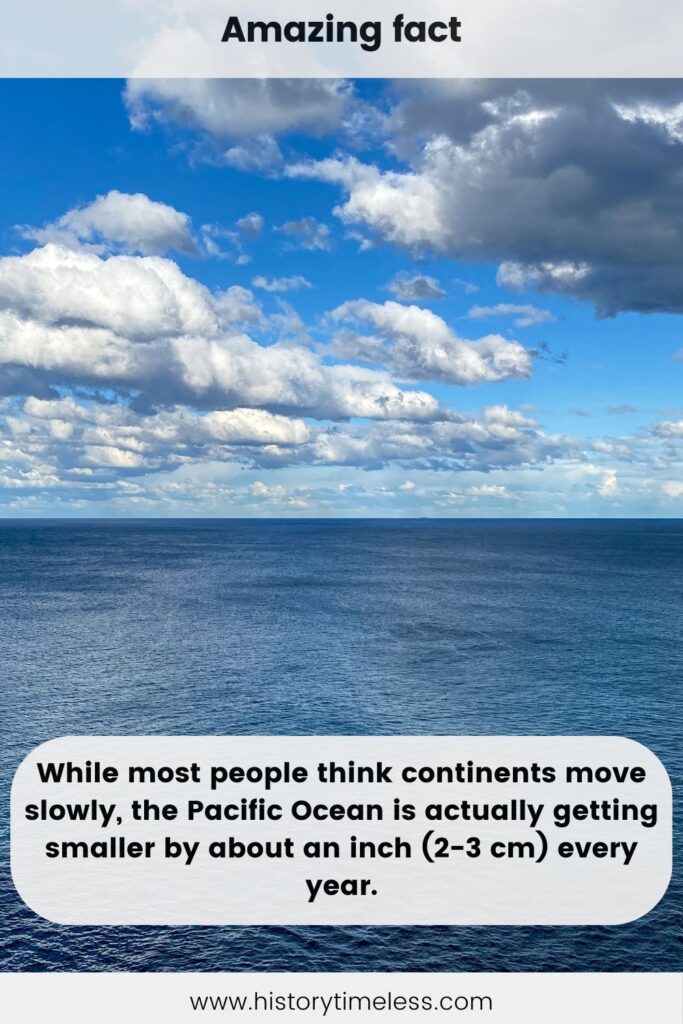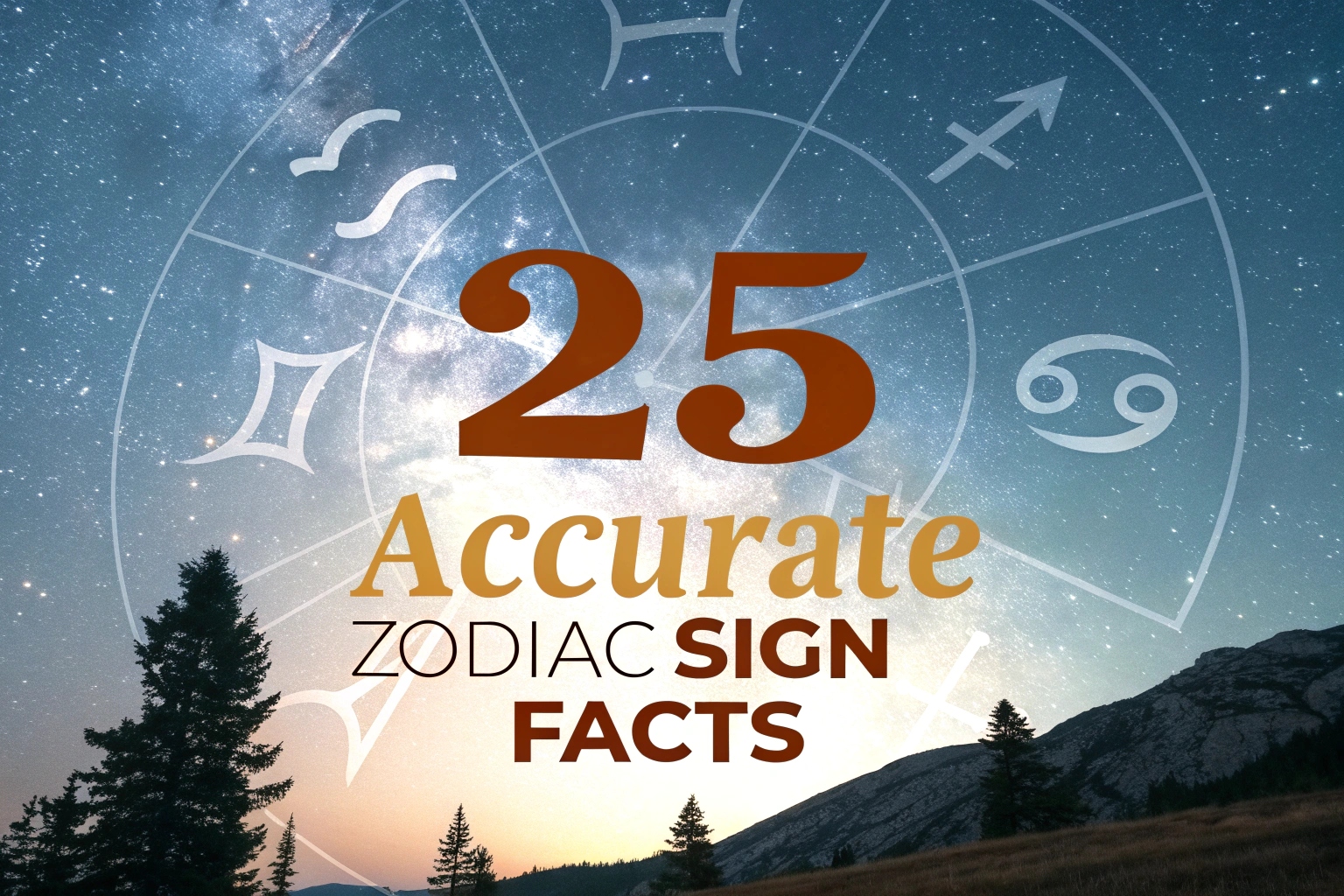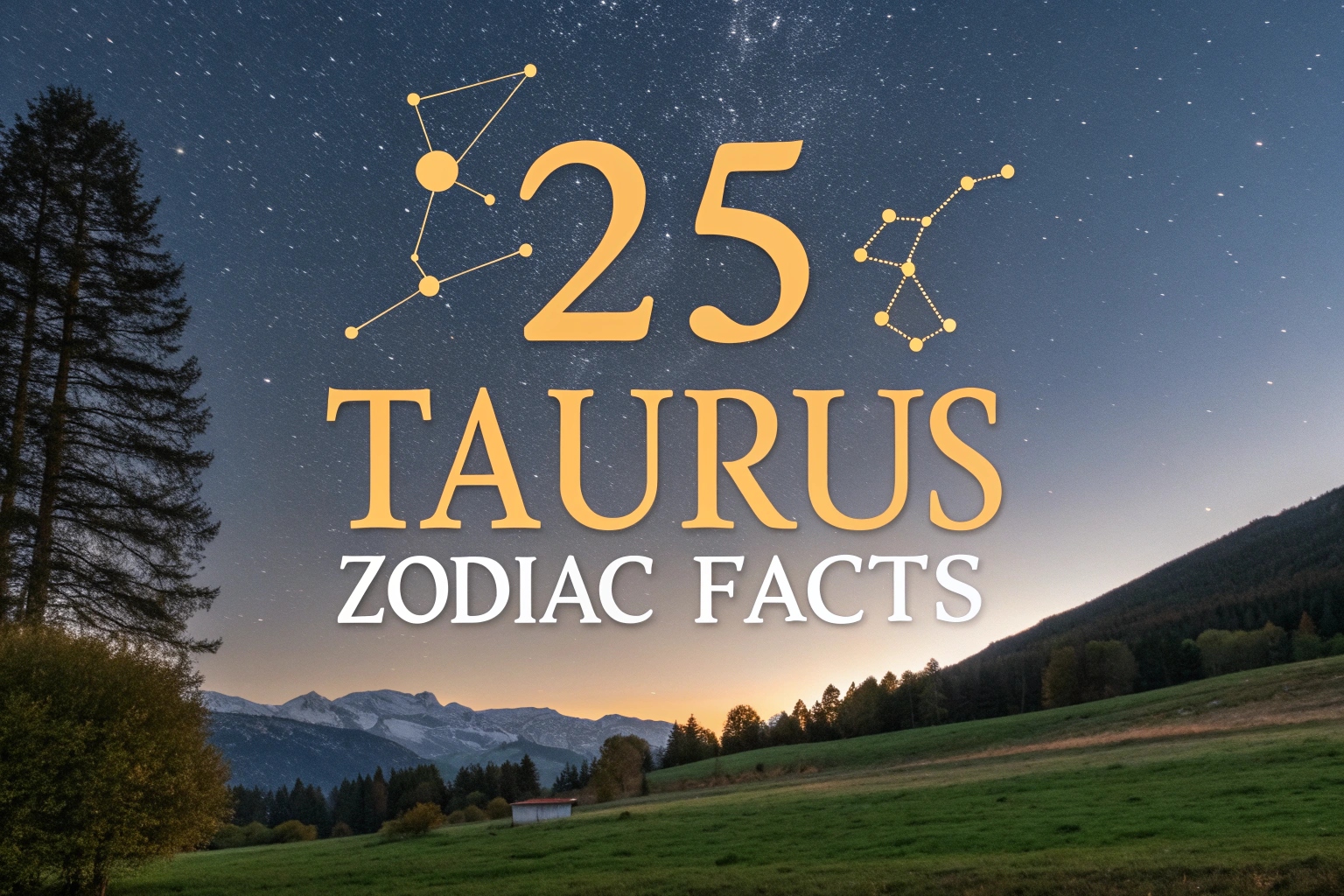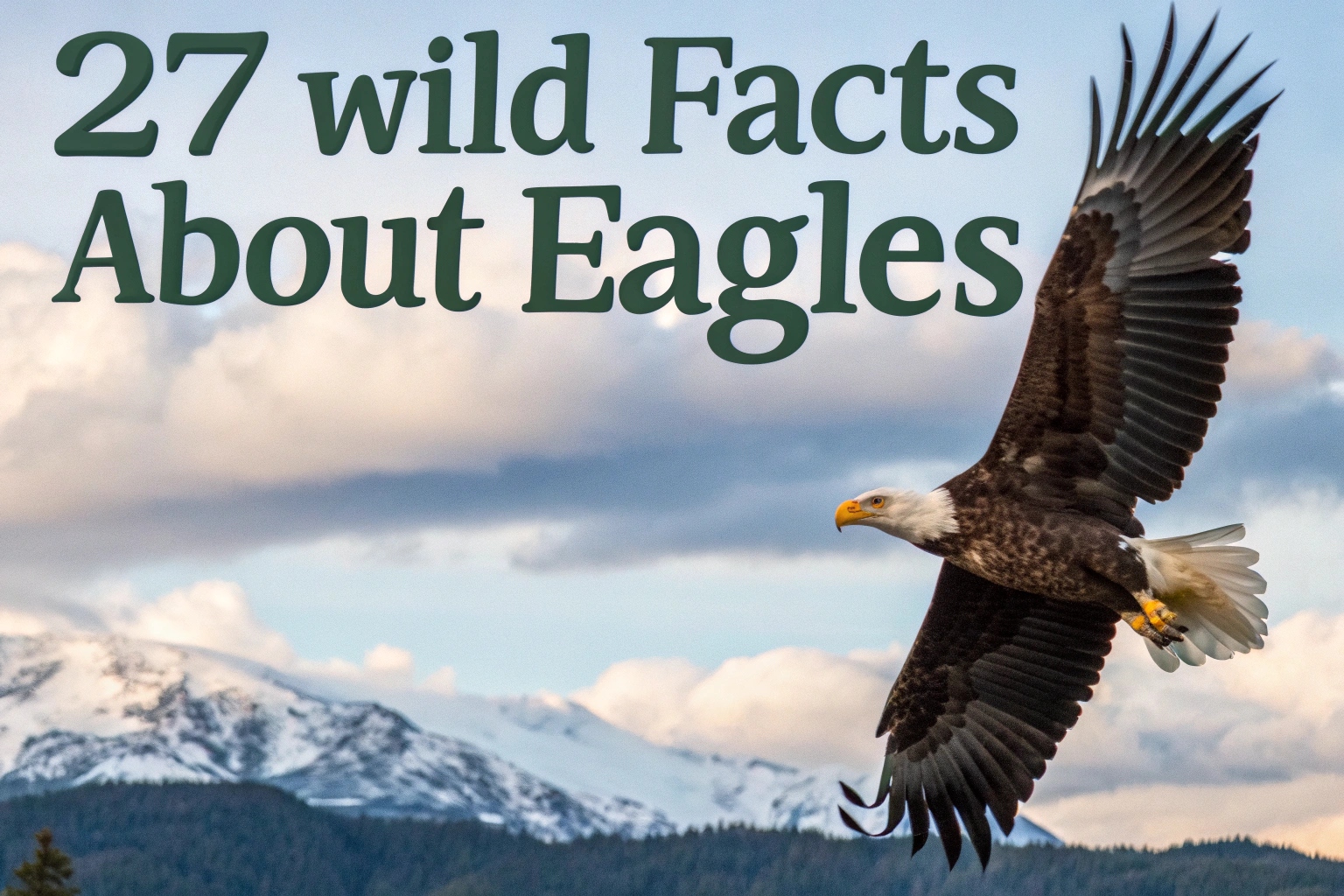Earth is an incredible place! It’s the only planet we know that supports life, and it’s full of amazing things to discover. From towering mountains to deep oceans, swirling storms to glowing Northern Lights, Earth is packed with wonders.
But did you know that our planet is constantly changing? Or that it has places so extreme they seem unreal? Get ready to explore 25 fascinating facts about Earth that will surprise you and make you love our home planet even more!
1. Earth is the Only Planet with Liquid Water Everywhere
Earth is the only known planet with vast amounts of liquid water on its surface. Oceans cover about 71% of the planet, and even lakes, rivers, and underground water add to this huge supply.

Water is essential for life, and Earth’s unique balance of temperature and atmosphere keeps it from freezing or boiling away.
Without water, plants, animals, and humans wouldn’t survive. That’s why astronomers search for planets with water when looking for life beyond Earth!
2. The Deepest Part of Earth is Dark and Mysterious
The Mariana Trench, located in the Pacific Ocean, is the deepest place on Earth. Its lowest point, Challenger Deep, is nearly 36,000 feet (11,000 meters) below sea level—so deep that Mount Everest could fit inside it with room to spare!
This underwater canyon is home to some of the most bizarre creatures, including glowing fish and jelly-like animals that can withstand enormous pressure. Scientists are still exploring its mysteries, and who knows what other strange life forms may be hiding down there?
3. The Earth’s Core is as Hot as the Sun
Deep inside the Earth, the core is made of super-hot iron and nickel. Scientists estimate that its temperature reaches up to 10,800°F (6,000°C), which is just as hot as the surface of the Sun! The heat from the core helps create Earth’s magnetic field, which protects us from harmful solar radiation. Without this invisible shield, life on Earth would be in danger from powerful space storms and cosmic rays.
4. A Day on Earth is Not Exactly 24 Hours
We often say a day is 24 hours long, but Earth actually takes about 23 hours, 56 minutes, and 4 seconds to complete one full spin. This is called a “sidereal day.”
The reason we still use 24 hours is because Earth moves slightly in its orbit each day, making the Sun appear to rise at the same time daily. Over millions of years, Earth’s rotation is slowly slowing down due to the Moon’s gravitational pull!
5. Earth Has a Gigantic, Invisible Shield
Did you know Earth has a force field? It’s called the magnetosphere, and it protects us from dangerous space radiation. This shield is created by Earth’s spinning molten core, which generates a powerful magnetic field.
Without it, harmful particles from the Sun would strip away our atmosphere, making Earth uninhabitable—just like Mars! The magnetosphere also creates the beautiful Northern and Southern Lights, which glow in the sky when solar energy collides with Earth’s atmosphere.
6. The Tallest Mountain is NOT Mount Everest
Mount Everest is the highest mountain above sea level, but the tallest mountain from base to peak is actually Mauna Kea in Hawaii. While Everest stands at 29,032 feet (8,849 meters), Mauna Kea is over 33,500 feet (10,210 meters) tall when measured from its underwater base.
However, most of Mauna Kea is hidden beneath the ocean, making Everest the highest point on land. Imagine if we could drain the ocean—Mauna Kea would tower over Everest!
7. There is a Place Where It Hasn’t Rained for 2 Million Years
The Atacama Desert in Chile is the driest place on Earth. Some parts of this desert haven’t seen rain for nearly 2 million years!
Even though it’s so dry, tiny microbes still manage to survive in the harsh conditions. Scientists study this desert to learn how life might exist on Mars, which has a similar dry, dusty landscape. The Atacama Desert is proof that life can exist even in the most extreme places on Earth!
8. More People Have Been to the Moon Than the Deepest Ocean
Space seems far away, but exploring the deep ocean is even harder! Only 12 people have ever walked on the Moon, but only a handful of explorers have reached the bottom of the Mariana Trench.
The ocean’s crushing pressure, freezing temperatures, and total darkness make it incredibly difficult to explore.
Scientists believe that over 80% of the ocean is still unexplored, meaning there could be undiscovered creatures and underwater landscapes hiding beneath the waves.
9. The Sahara Desert Used to Be a Green Paradise
It may be hard to believe, but the Sahara Desert was once covered in grasslands, rivers, and lakes! About 6,000–7,000 years ago, this massive desert was home to animals like elephants, giraffes, and even early human civilizations.
Over time, climate changes caused it to dry up, turning it into the vast, sandy desert we see today. Scientists predict that in thousands of years, the Sahara may turn green again due to natural climate cycles!
10. Earth’s Gravity is Not the Same Everywhere
Even though gravity keeps our feet on the ground, it’s not exactly the same all over Earth. Some places have slightly stronger or weaker gravity due to the way mass is distributed in the planet’s crust.
For example, Canada’s Hudson Bay has lower gravity than surrounding areas because a giant glacier once pressed down on the land, causing it to lose some mass.
Scientists use gravity maps to study Earth’s hidden structures and even locate underground mountains and ancient craters!
11. Earth Has a “Heartbeat” Called the Schumann Resonance
Did you know Earth has a natural rhythm? Scientists call it the Schumann Resonance, a set of low-frequency waves that travel through the atmosphere. These waves are created by lightning strikes and other natural electrical activity.
Some researchers believe this “heartbeat” of Earth affects our sleep, mood, and even brain function! It’s an invisible force that reminds us how connected everything on Earth truly is.
12. One Tree Can Make a Huge Difference
A single large tree can produce enough oxygen for up to four people every day! Trees also absorb carbon dioxide, filter pollutants, and provide shelter for animals.
The Amazon Rainforest, often called the “lungs of the planet,” produces 20% of the world’s oxygen. Unfortunately, deforestation is reducing the number of trees on Earth. By planting more trees, we can help keep the planet healthy and full of fresh air!
13. The Coldest Temperature Ever Recorded is Mind-Blowing
Antarctica holds the record for the coldest temperature ever recorded on Earth—an unbelievable -128.6°F (-89.2°C)! This freezing temperature was recorded at the Soviet Union’s Vostok Station in 1983.
Even though Antarctica is covered in ice, some creatures, like penguins and tiny ice-dwelling bacteria, have adapted to survive the extreme cold. Scientists continue studying this frozen land to learn more about climate change and the planet’s history.
14. Earth’s Atmosphere is Leaking Into Space
Believe it or not, tiny bits of Earth’s atmosphere escape into space every second! This slow process, called atmospheric escape, happens because solar radiation pushes lightweight gases like hydrogen and helium away from the planet.
Don’t worry—this has been happening for billions of years, and Earth still has plenty of air! However, other planets, like Mars, lost most of their atmospheres over time, which is why they are dry and barren today.
15. The Moon is Drifting Away from Earth
The Moon isn’t staying in place—it’s moving away from Earth by about 1.5 inches (3.8 cm) every year! This happens because of the gravitational interaction between the Earth and the Moon.
Millions of years from now, the Moon will be much farther away, affecting tides and possibly even the length of our days. But don’t worry—it will take billions of years for any major changes to happen!
16. There’s a Place on Earth That Looks Like Another Planet
Namibia’s Namib Desert has some of the most alien-looking landscapes on Earth. Its bright orange sand dunes, rocky valleys, and dried-up trees make it look like the surface of Mars!
In fact, NASA uses places like the Namib Desert to test Mars rovers before sending them to space. The extreme heat and dryness of this desert also make it one of the most challenging places for life to survive!
17. The Pacific Ocean is Shrinking Every Year
While most people think continents move slowly, the Pacific Ocean is actually getting smaller by about an inch (2-3 cm) every year. This happens because the Earth’s tectonic plates are shifting, pushing some landmasses closer together.

Meanwhile, the Atlantic Ocean is slowly growing larger! Over millions of years, Earth’s land and oceans will look very different from today.
18. Some Places Have “Eternal Flames” That Never Go Out
There are special places on Earth where flames burn endlessly! These “eternal flames” are fueled by natural gas that seeps out of the ground.
One famous example is the Eternal Flame Falls in New York, where a tiny fire burns behind a waterfall. Another is the Darvaza Gas Crater in Turkmenistan, known as the “Door to Hell,” where flames have been burning for over 50 years!
19. The Longest Mountain Range is Underwater
You might think the Himalayas or the Rockies are the longest mountain range, but the Mid-Ocean Ridge is actually the longest! This underwater mountain range stretches for about 40,000 miles (65,000 km) around the planet.
It lies deep beneath the ocean and was formed by volcanic activity. Most of it is hidden under the sea, making it one of Earth’s least explored wonders.
20. The Amazon River Once Flowed Backward
Millions of years ago, the Amazon River didn’t flow toward the Atlantic Ocean—it flowed in the opposite direction, toward the Pacific!
This change happened because of shifting tectonic plates, which lifted parts of South America and forced the river to reverse its course.
Today, the Amazon River is the second longest river in the world and is home to thousands of unique plants and animals!
21. There’s a “Boiling River” in the Amazon Rainforest
Deep in the Amazon Rainforest of Peru, there’s a river so hot that it can boil animals alive! Known as the Shanay-Timpishka, this river reaches temperatures of nearly 200°F (93°C).
Scientists believe the heat comes from underground geothermal activity. Despite the extreme heat, some tiny organisms have adapted to survive in this boiling water! This natural wonder is one of the rarest geothermal sites in the world.
22. Some Lakes Can Explode Like a Volcano
Certain lakes on Earth, like Lake Nyos in Africa, can suddenly erupt with deadly gas! These “exploding lakes” store large amounts of carbon dioxide (CO₂) in their deep waters.
If something disturbs the lake, the gas can rapidly rise to the surface, creating a deadly cloud that can suffocate animals and people nearby. Scientists monitor these lakes to prevent disasters and keep nearby communities safe.
23. Antarctica Has a Hidden Lake Under Its Ice
Beneath the thick ice sheets of Antarctica lies a massive, hidden lake called Lake Vostok. This lake has been sealed under ice for millions of years, untouched by sunlight or outside air.
Scientists drilled into the ice and discovered tiny life forms living in the lake, proving that life can survive in extreme conditions. Studying this lake helps scientists understand how life might exist on frozen moons like Europa, which orbits Jupiter!
24. A Desert in Africa Sings When the Wind Blows
The dunes of the Sahara Desert can “sing”! Some of the world’s largest sand dunes create a deep, humming sound when the wind moves across them.
This eerie noise, known as a “singing dune,” can be heard from miles away. The sound happens when dry sand grains rub together, creating vibrations that make the dunes sound like a musical instrument!
25. There’s an Island Where No One is Allowed to Go
North Sentinel Island in the Indian Ocean is one of the most mysterious places on Earth. The people who live there, the Sentinelese, have had no contact with the outside world for thousands of years.
They fiercely protect their island and do not allow visitors. Because of this, very little is known about their way of life, making them one of the last uncontacted tribes on Earth.
Find out more astonishing details:
25+ Fascinating Facts About Egypt That Sound Totally Unreal!
26 Hilariously Accurate Facts About Eldest Daughters!
20+ Insane Facts About Animals That Defy Belief!
15+ Interesting World Facts: Say ‘Wow’ to These Discoveries!




